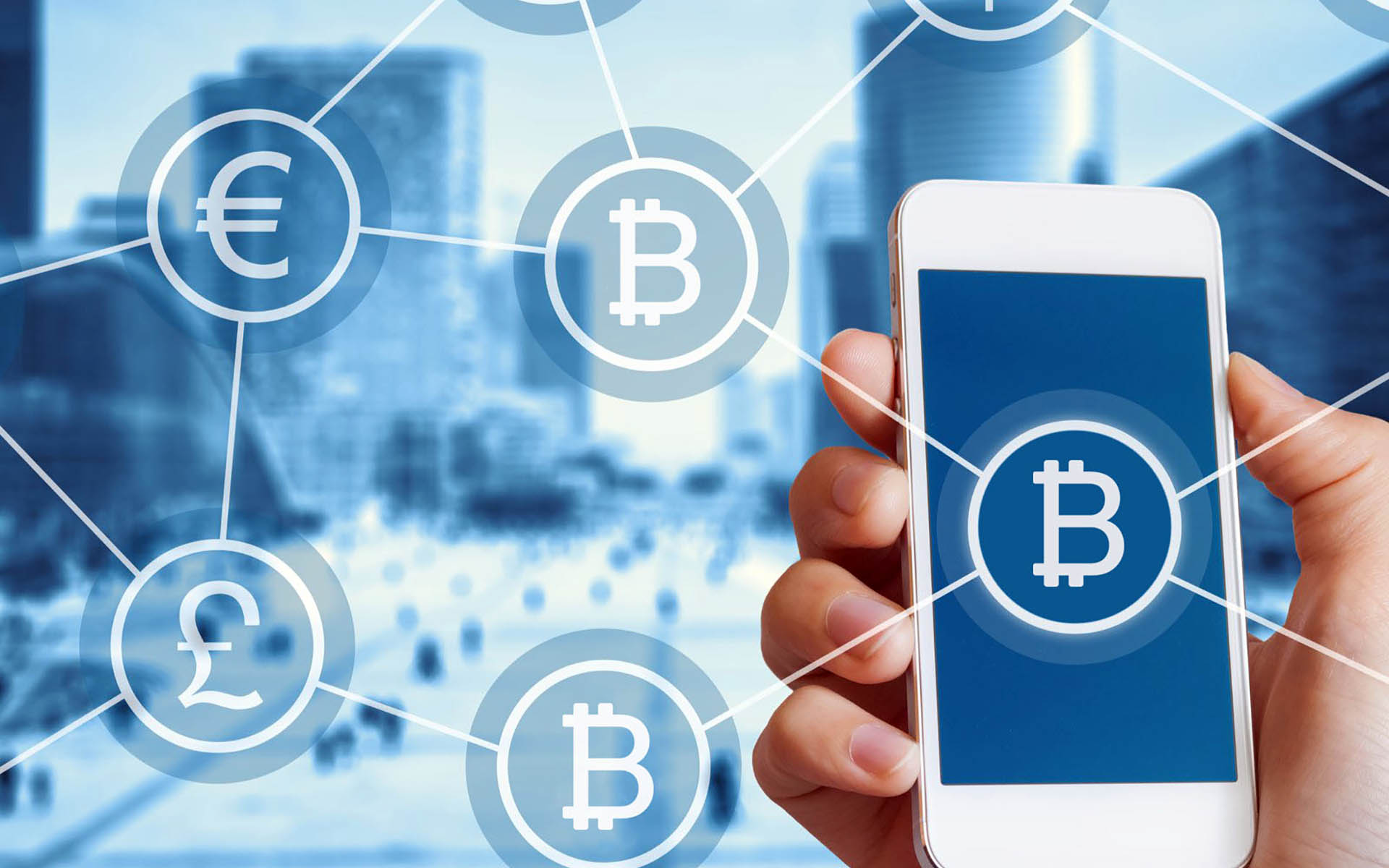The Baltic region is known for being a flexible leader in the use of digital-first systems to modernize financial infrastructure. People now use Lithuania's payment rails as an example of how smaller economies can use fintech innovation, real-time payments, and instant transfers instead of old banking systems. The country's strategy is based on SEPA Instant Credit Transfers (SCT Inst), Lithuania's growing fintech hub, and the smooth integration of real-time transfers, which are changing the way people and businesses do business.
Norway's story is strangely similar. Norway's payment rails, which are based on BankAxept, Vipps mobile payments, and Digital Banking Norway, show how Nordic markets move money quickly. Lithuania, on the other hand, is the leader in SEPA Instant adoption. Both countries stress how fintech is making mobile wallets, contactless payments, and instant transfers more popular.
Learn more: Nigeria’s Payment Rails & How They Work – NIBSS, NIP, USSD & The Instant Payment Revolution
Lithuania's Payment System: The Quick Benefits of SEPA
Lithuania is part of the Single Euro Payments Area (SEPA), which makes it easier to send and receive money in euros across Europe. Lithuania is unique because it fully uses SEPA Instant (SCT Inst). This system makes real-time transfers between banks and fintech companies possible. It processes payments in less than 10 seconds, 24 hours a day.
Lithuania has become a hub for fintech companies that want to do business in the EU because of this infrastructure. The Bank of Lithuania's regulatory sandbox lets startups test payment products in a controlled environment, which encourages more innovation. Because of this forward-thinking approach, there are now hundreds of fintech companies in the country that offer services like cryptocurrency wallets and cross-border transfers.
How SEPA Instant Works in the Real World
Speed: SEPA Instant processes transactions in real time, while traditional SEPA transfers can take up to one business day.
Reach: Payments can be made in any SEPA-participating country, not just Lithuania.
Certainty: The recipient gets an instant confirmation, which ensures transparency and lowers the risk of fraud.
As a result, businesses get faster settlements, better cash flow, and easier interactions with customers. For customers, this means that they can send money to their bank right away for online purchases, paying bills, and splitting costs.
A Nordic Look at Norway's Payment Rails
To fully understand Lithuania's success, it helps to look at Norway's payment system. Norway has one of the best digital banking systems in the world, and real-time payments are now very common there.
BankAxept: Norway's Domestic Rails
BankAxept Norway is the main way that people in the country use debit cards. This system is Norway's most reliable domestic network, processing over 80% of all card payments. BankAxept strengthens local control over the country's financial system by giving merchants lower transaction fees than foreign card schemes.
Vipps: Norway's Use of Mobile Wallets
Norway's move to mobile-first banking is best shown by Vipps mobile payments. This mobile wallet has almost universal use, with more than 3.8 million users in a country with 5.5 million people. The use of Vipps mobile wallets in Norway is a great example of how cultural and technological factors speed up systems for making instant payments, like when you check out at a store, pay a friend or split a dinner bill.
Norway's Digital and Contactless Banking
The rise of payments without contact Norway's digital banking system fits in with its larger framework. Norwegian consumers expect payment systems that work quickly and smoothly, whether they are moving money between accounts, tapping their cards, or using their phones.
Lithuania as a Hub for Fintech
Lithuania is the centre of fintech in the Baltic region. There are more than 250 fintech companies there, and many of them work on digital banking, mobile wallets, and instant transfers across borders. Lithuania has become a centre for financial innovation because of the adoption of SEPA Instant, government rules, and the growth of fintech around the world.
Like Norway's, Lithuania's fintech ecosystem is doing well thanks to real-time settlement platforms, digital wallets, and instant bank transfers. This makes Lithuania a hub for global fintech connections and domestic efficiency.
Real-Time Transfers: A Trend Around the World
The fact that Norway and Lithuania need real-time payment systems shows a trend that is happening all over the world. Companies want shorter liquidity cycles, customers want transactions to happen right away, and governments want safe, traceable rails that make cash less necessary.
No matter how SEPA Instant is helping Lithuania's fintech boom or how BankAxept works in Norway, one thing is clear: real-time payments are now required.
Product Integration: Transfi makes instant transfers better
For businesses that want to use these new payment rails, connecting with platforms like Transfi can be a game changer. Transfi's knowledge of cross-border and instant money movement systems makes it easier for businesses to use systems like SEPA Instant in Lithuania or BankAxept and Vipps in Norway.
Transfi can help businesses with:
- Make it easy to send money right away to banks all over Europe and beyond.
- In areas where Vipps is the most popular, like Norway, mobile wallets should be available to customers.
- Encourage real-time settlement to make customers happier and speed up operations.
- Make sure you follow the rules in your area and in the EU as a whole while building infrastructure.
Businesses can grow internationally with this kind of plug-and-play payment integration by using the strong payment systems that are already in place in Lithuania, Norway, and other places.
Things that are good and bad
Norway's digital banking rails and Lithuania's SEPA Instant show amazing progress, but there are still problems:
- Interoperability: Cross-border real-time payment systems need to be more standardised.
- Security: If speed isn't properly controlled, the risk of fraud goes up.
- Adoption Gaps: Other markets are slower than Norway when it comes to using mobile wallets.
But the pros are greater than the cons. Integrating with these instant payment systems can help fintechs, banks, and global businesses save money, build trust with customers, and find new ways to make money.
Conclusion
Lithuania's payment rails, which are powered by SEPA Instant, real-time transfers, and its fintech hub, show the future of digital money movement. Combined with Norway's payment system, which is based on BankAxept, Vipps mobile payments, and contactless adoption, both countries show how innovation can replace old financial infrastructure.
As businesses grow internationally, being able to connect to real-time systems, use mobile-first technology, and make instant bank transfers will make them more competitive. Companies that work with integration partners like Transfi not only learn how to use these systems, but they also open up new opportunities in the global, real-time financial world.
FAQs
1. What is the process for Lithuanian SEPA Instant?
SEPA Instant lets you send money between banks in SEPA member countries in real time. It processes euro payments in less than ten seconds and is available all the time.
2. What is BankAxept in Norway?
BankAxept Norway is the country's main debit card network. It processes most of the card payments in the country in real time and at a low cost.
3. How many people in Norway use the Vipps mobile wallet?
Vipps is the most popular mobile wallet for merchant and peer-to-peer payments in Norway, with more than 3.8 million users.
4. What role does Lithuania play in the growth of fintech?
Lithuania is a major European fintech hub because it has supportive regulations, the quick adoption of SEPA, and a thriving ecosystem of more than 250 fintech startups.
5. How can businesses use Norway's and Lithuania's real-time payment systems?
By working with providers like Transfi instead of building their own infrastructure from the ground up, businesses can offer real-time settlements, mobile wallet compatibility, and instant transfers.
Table of Contents
Suggested Article
Explore our products

Make global payments at the speed of a click

Accept payments, remove borders.

Unlock Seamless Digital Currency Transactions Anywhere








.png)














